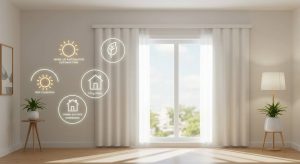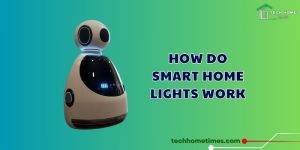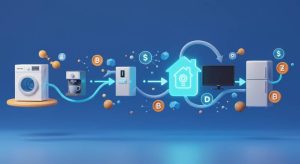The Essential Smart Home Air Purifier

Why do you need a smart home air purifier? In 2025, with rising pollution and health concerns, it is a vital tool for creating a cleaner, safer indoor environment. Combining advanced filtration with AI-driven automation, it ensures optimal air quality effortlessly.
Contents
What Is a Smart Home Air Purifier?
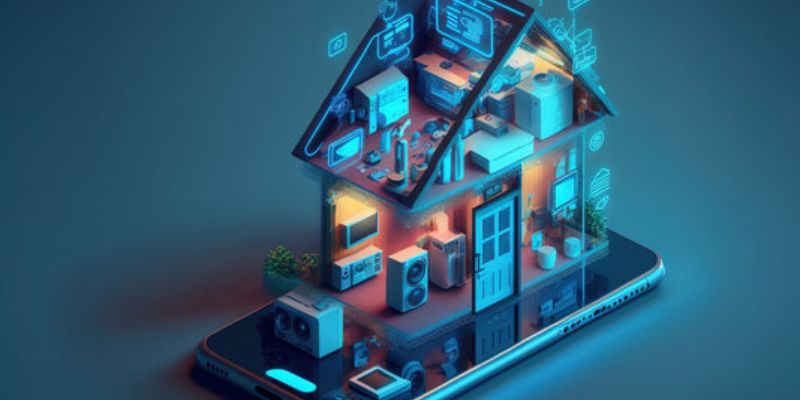
A smart home air purifier is a sophisticated device that enhances indoor air quality (IAQ) by integrating traditional air purification with smart technology. Unlike standard purifiers, it connects to your home’s Wi-Fi, allowing control via smartphone apps, voice assistants like Alexa or Siri, or integration with platforms such as Google Home or Apple HomeKit. It uses sensors to monitor pollutants—particulate matter (PM2.5), allergens, or volatile organic compounds (VOCs)—and adjusts its operation in real time to maintain clean air.
At its core, a smart home air purifier employs a multi-stage filtration system, typically featuring a pre-filter for large particles, a HEPA filter capturing 99.97% of 0.3-micron particles, and an activated carbon layer to neutralize odors and gases. Embedded AI analyzes air quality data, optimizing fan speeds or activating specific modes, like “Allergy” or “Night.” In Vietnam, where urban air pollution and humidity exacerbate respiratory issues, a smart home air purifier addresses local challenges like dust from construction or mold spores, making it a tailored solution for healthier homes.
Why a Smart Home Air Purifier Is Essential?
The smart home air purifier is essential in 2025 due to escalating environmental and health challenges, coupled with the demand for convenience and efficiency.
- Indoor air can be 2–5 times more polluted than outdoor air, per 2025 WHO reports, due to cooking fumes, pet dander, or off-gassing furniture. In cities like Hanoi, where PM2.5 levels often hit 50 µg/m³, it removes harmful particles, reducing respiratory risks by up to 35%.
- Children, elderly, or allergy sufferers benefit immensely from cleaner air. A smart home air purifier mitigates asthma triggers or seasonal allergies, critical in Vietnam’s humid climate, where mold thrives.
- Unlike manual purifiers, it adjusts to air quality changes without user input, saving time. Voice or app control simplifies operation, ideal for busy professionals or multigenerational homes.
- AI-driven modes optimize energy use, running high power only when needed, cutting electricity costs by 25% compared to non-smart models. Long-lasting filters reduce replacement frequency, enhancing affordability.
- A smart home air purifier syncs with other devices, like smart windows or humidifiers, creating a cohesive health-focused home. Matter compatibility ensures it works across brands, future-proofing your investment.
These factors underscore why a smart home air purifier is indispensable, addressing health, convenience, and sustainability in today’s polluted world.
How Smart Home Air Purifier Technology Works
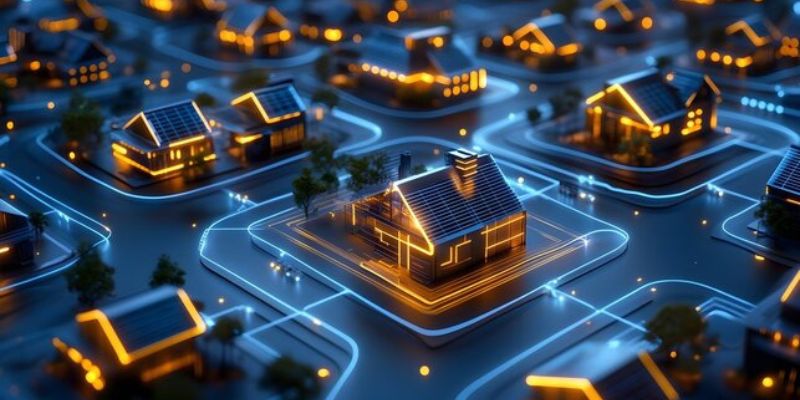
Understanding how a smart home air purifier operates reveals its technological sophistication, blending filtration with smart features.
Air is drawn through a multi-layer system. A pre-filter traps dust and hair, a HEPA filter captures fine particles like pollen or smoke, and an activated carbon layer absorbs odors or VOCs from paints. Some models use UV-C light to kill bacteria, ensuring comprehensive purification.
Built-in sensors measure PM2.5, VOCs, CO2, or humidity levels, updating every second. Data is displayed via LED indicators (green for clean, red for poor) or apps, enabling users to track IAQ in real time, a core aspect of how a smart home air purifier functions.
Machine learning analyzes sensor data and user habits, adjusting fan speeds or modes proactively. For example, it might boost purification during evening cooking or lower noise at night, learned from your bedtime routine. This intelligence drives the smart home air purifier’s efficiency.
Wi-Fi or Bluetooth links the purifier to your network, supporting remote control via apps or voice commands like “Run purifier on high.” Integration with Matter or Zigbee allows automations, such as activating when a smart sensor detects smoke, showcasing how a smart home air purifier integrates seamlessly.
Energy Star-rated designs and auto-off features minimize power use, consuming 10–50 watts depending on mode. App-based energy tracking helps users optimize settings, ensuring cost-effectiveness.
This technology ensures a smart home air purifier delivers clean air intelligently, tailored to your home’s unique conditions, from Hanoi’s smog to global urban challenges.
Real-Life Scenarios Demonstrating the Need for a Smart Home Air Purifier
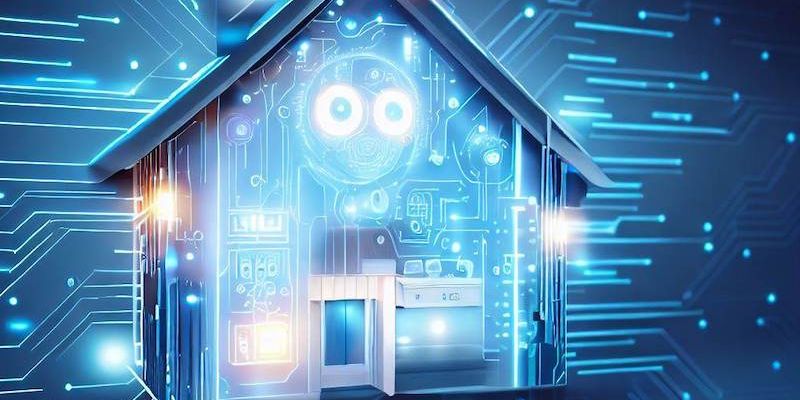
Real-world scenarios in 2025 highlight the critical need for a smart home air purifier, illustrating its impact across diverse lifestyles and environments:
The Susanto family lives near a busy highway, where PM2.5 levels spike during rush hour. Their smart home air purifier, a Levoit Core 600S, detects pollution surges, automatically increasing fan speed to clear dust and exhaust fumes. App alerts inform them when to close windows, reducing allergy flare-ups for their asthmatic child by 40%, proving the necessity of it in polluted cities.
Emma, a graphic designer, works from a small apartment with poor ventilation. Cooking odors and pet dander linger, affecting her focus. Her Blueair 311i+ smart home air purifier activates during meals, neutralizing smells via its carbon filter, and syncs with Alexa to run quietly during Zoom calls. Its air quality insights help her maintain a productive workspace, underscoring the value of it for home offices.
Hiroshi and Aiko, retirees in a traditional home, struggle with seasonal pollen and humidity-driven mold. Their Xiaomi Smart Air Purifier 4 Pro, integrated with Google Home, monitors pollen levels, running high mode during spring. Voice control allows Aiko, with arthritis, to adjust settings easily, while the purifier’s mold reduction cuts respiratory issues by 25%. This scenario highlights the smart home air purifier’s role in supporting elderly health.
To Tech Home Times, the smart home air purifier is a vital addition to any home in 2025, delivering cleaner air through advanced filtration, AI automation, and seamless smart home integration.

